Join me as I explore the dynamic capital of Vietnam, Hanoi. Discover its rich history, its past, and its fast-changing future. Learn how the city is evolving due to socio-economic changes and sustainability.
I’ll also take you through its geographical location, the local weather, and highlight the city's main sights and dishes.
By the end of this post, you’ll have a good idea of what it’s like in the most popular area of the country and how it mixes tradition with modernity.
Before diving in, make sure you’re equipped with an iRoamly Vietnam travel eSIM—its fast speeds and flexible packages make staying connected on the go effortless.
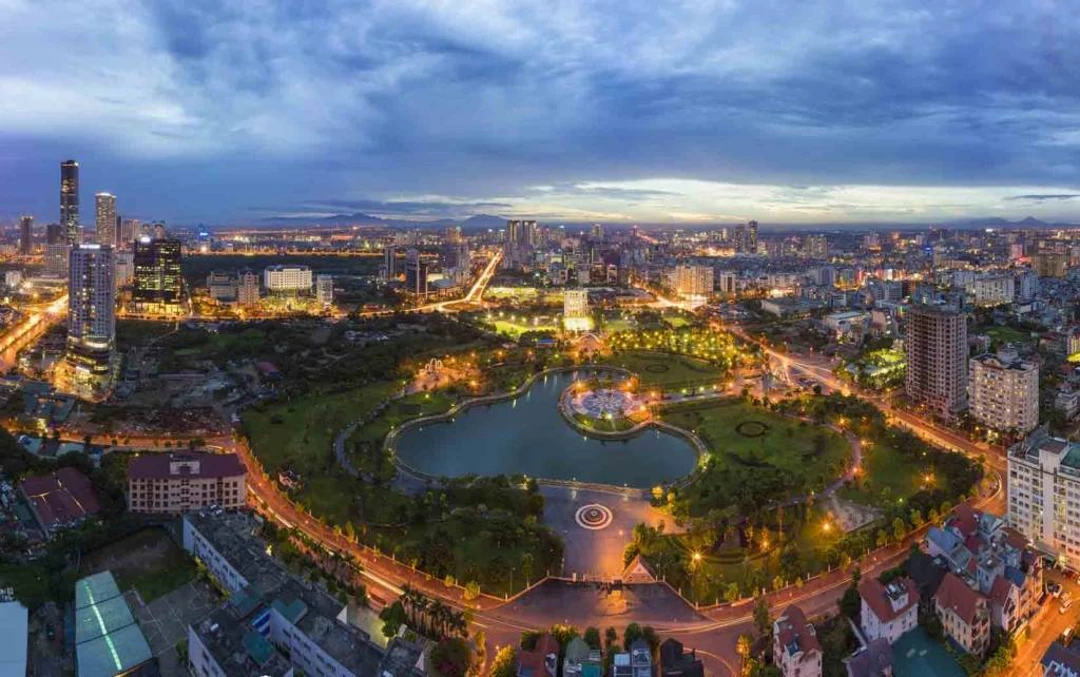
History
The history of Hanoi is truly epic. Originally founded as Thăng Long in 1010, it quickly became the epicenter of culture and politics in the region. Over the centuries, it was shaped and influenced by each new dynasty and ruler. The French colonists left their mark with architecture and urban design that still stands today.
As the years have passed, it’s morphed into the bustling, modern capital that we see today, blending the traditional with the modern at every turn.
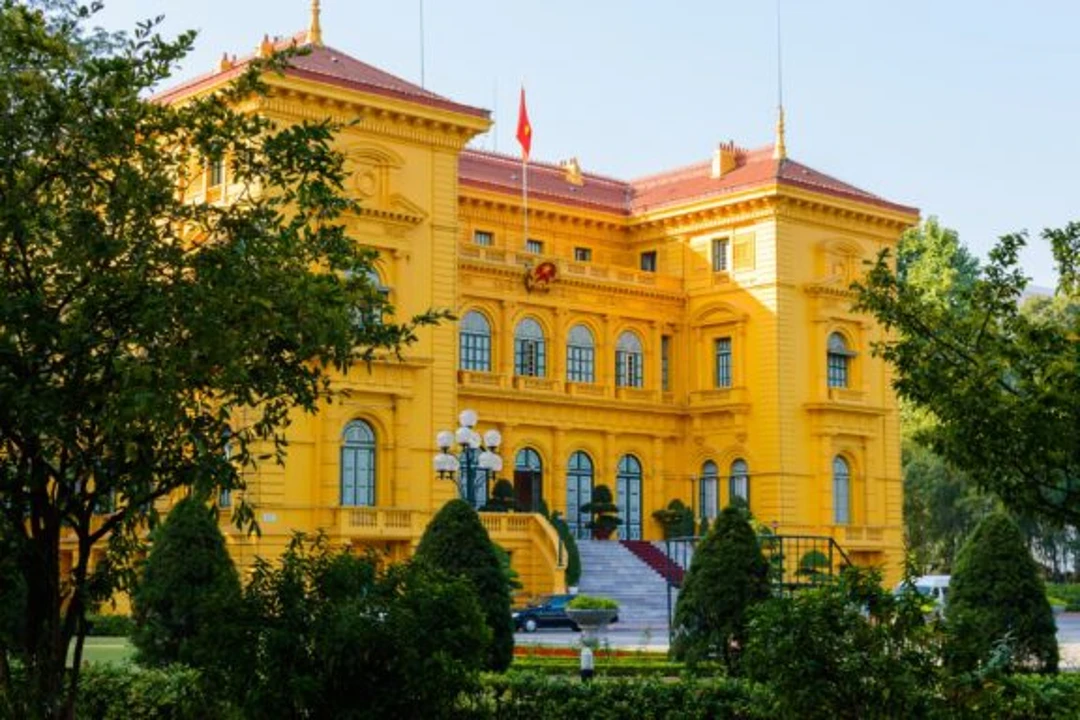
Geographical Location and Climate
Hanoi is located in northern Vietnam and is a gateway to understanding Vietnam's unique culture and history. Draped along the banks of the Red River, the “City Between the Rivers” is a sight to behold.
The year-round view isn’t too shabby either! The location was well chosen for trade and travel. While the southern half of the country enjoys a more tropical climate, Hanoi’s location experiences four seasons. Summers are hot and humid, while winters are mild and breezy — perfect weather for taking in the city.
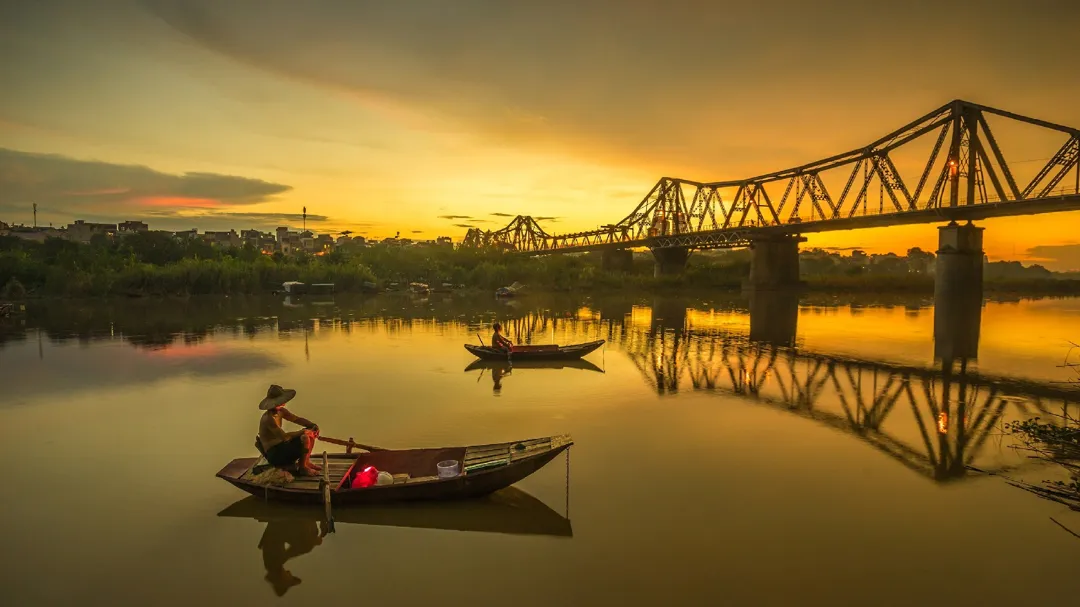
Famous Attractions
Hoan Kiem Lake
At the center of Hanoi is Hoan Kiem Lake — a peaceful escape from the urban chaos. The lake is famous for the mythical giant turtle that used to inhabit it and the picturesque Turtle Tower sitting on an islet.
The walkway surrounding the lake is a favorite with both locals and visitors who come to admire the tranquil setting. Make sure to catch the sunrise or sunset, which will turn the lake into brilliant colors.
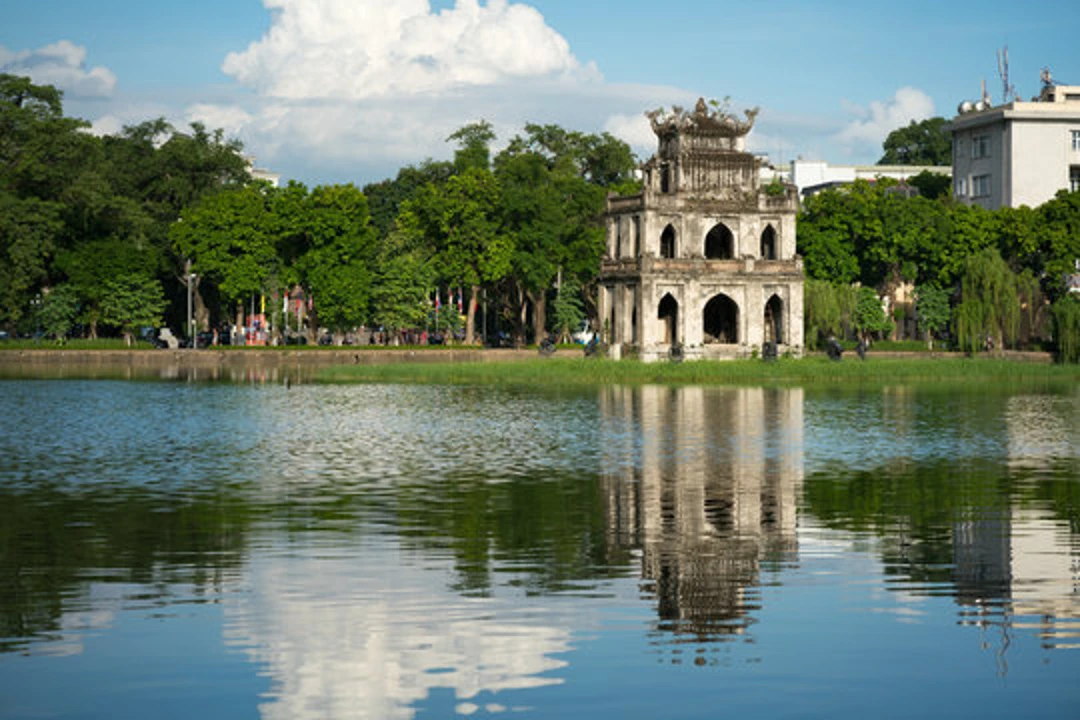
The Old Quarter
The Old Quarter is where the past and present combine. Hanoi’s past and present blend together beautifully in the Old Quarter. It’s a maze of narrow streets that features something happening around every corner, from silk to silver.
Just wandering the streets all makes you feel like you’re back in the past because you are surrounded by the older buildings and people selling items on the street. It’s a great place to see Hanoi’s local life.
Ho Chi Minh Mausoleum
Visiting the Ho Chi Minh Mausoleum is essential for learning more about Vietnam’s revered president. This large structure is his final resting place, and people come to visit and pay their respects wherever he is.
The gardens and Ba Dinh Square are very quiet and make for a space for contemplation. When you go, ensure you are properly covered up — it’s a place of enormous national significance.
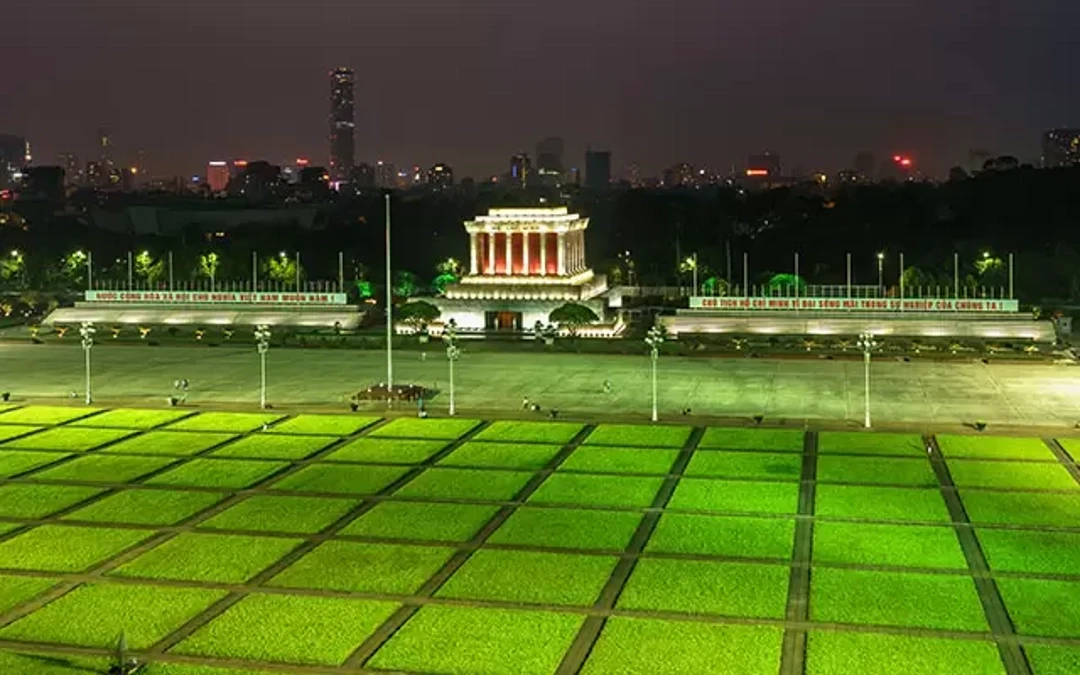
Temple of Literature
The Temple of Literature is a well-preserved thousand-year-old building constructed in honor of Confucius. It functions as the first university that opened in Vietnam, and it is where scholars underwent strict training for centuries.
The temple itself is surrounded by peaceful courtyards and gardens that offer a little sanctuary from the hustle and bustle of the city outside. It is both a place of study and an example of traditional Vietnamese architecture at its best.
Thang Long Imperial Citadel
A UNESCO World Heritage Site, the Thang Long Imperial Citadel is one of Hanoi’s most prized possessions. This historic site is full of remarkable artifacts that offer a glimpse into the regal history of Vietnam.
Just strolling around here will give you a sense of the scale of the surroundings. History lovers will lose themselves in Hanoi’s royal past here, making it one of the must-visit locations in Vietnam for anyone interested in the country’s rich heritage.
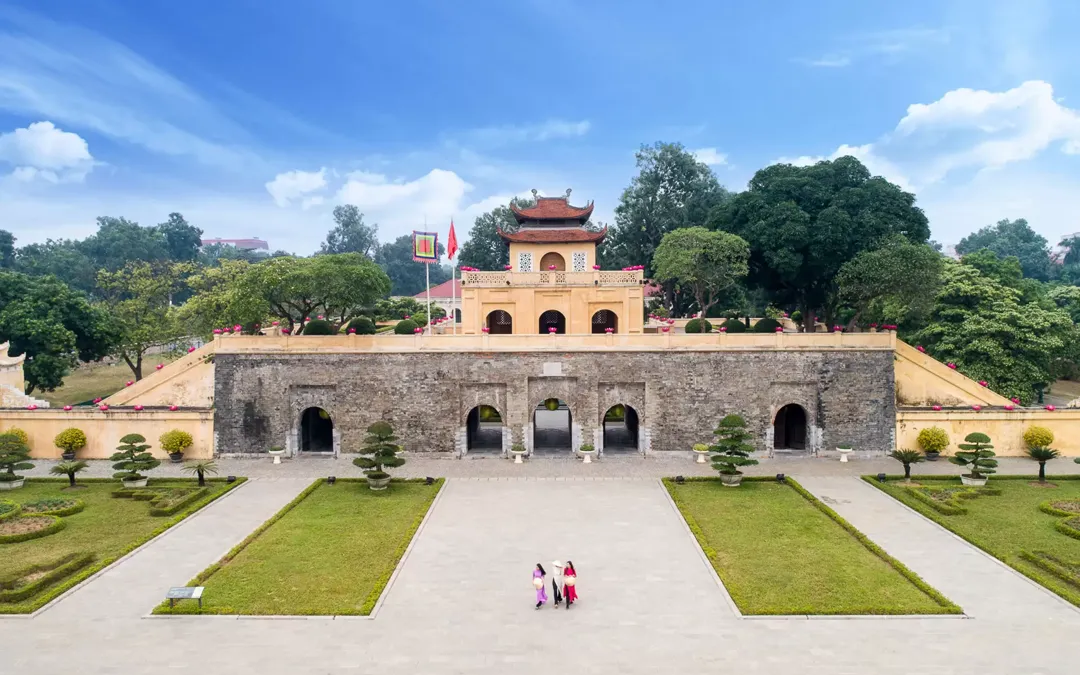
Culinary Delights
Pho
Pho is a famous noodle soup that originated in Hanoi. It’s a hearty dish that locals eat year-round. The recipe consists of rice noodles in a fragrant broth, with herbs and vegetables. The most common version comes with beef or chicken.
It’s easy to find in the city and makes for a filling meal. The ingredients for the broth seem to be rice, water, and various seasonings. The soup is often served in a lively street environment. It’s delicious!
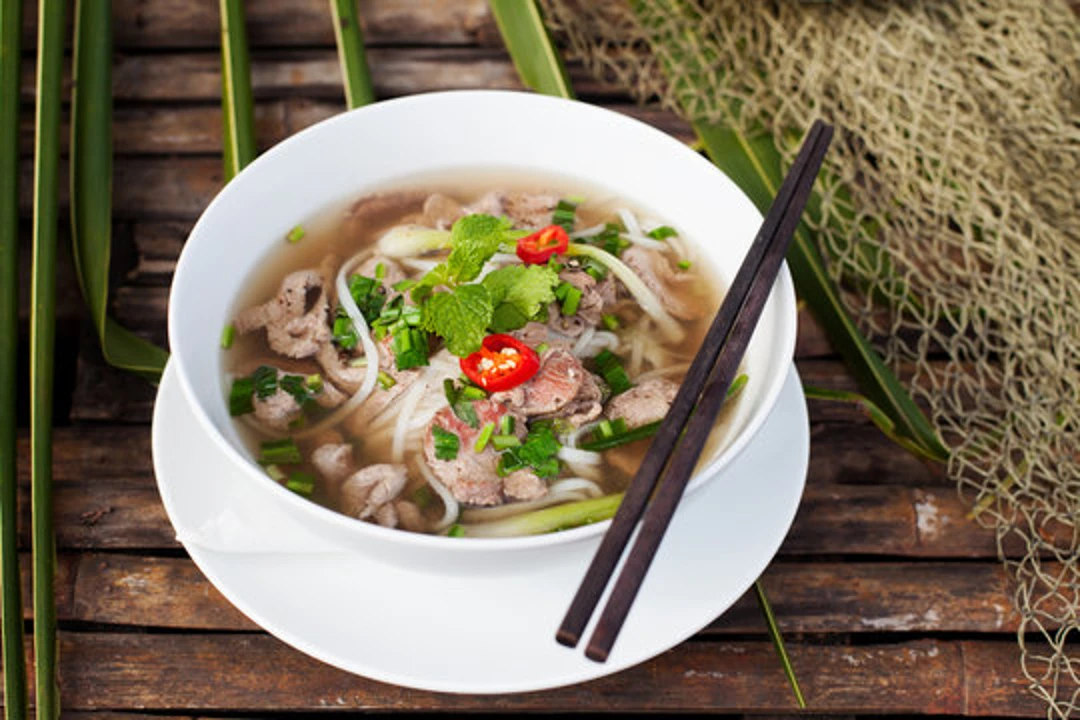
Bun Cha
Another classic dish of northern Vietnam is Bun Cha, consisting of grilled pork patties broken up into a sweet and sour broth, served with a mountain of herbs and rice vermicelli.
It is typically what most people have for lunch and there is no better place to eat it than among the frenetic pace of Hanoi. The flavor combination of the slightly charred meat dipped into the vinegar-based broth is truly a symphony of deliciousness.
Banh Mi
Don’t miss the Banh Mi, a Vietnamese version of a French baguette, filled with various meats, pickled vegetables, peppers, paté, and herbs. Each bite balances the warm and crisp of the outer layer and rich and cool of the inner filling.
It’s a convenient and tasty snack that you can eat while strolling around the city. The Banh Mi is a perfect example of the French-colonial influence mixing with local flavors, which resulted in a taste you must experience.
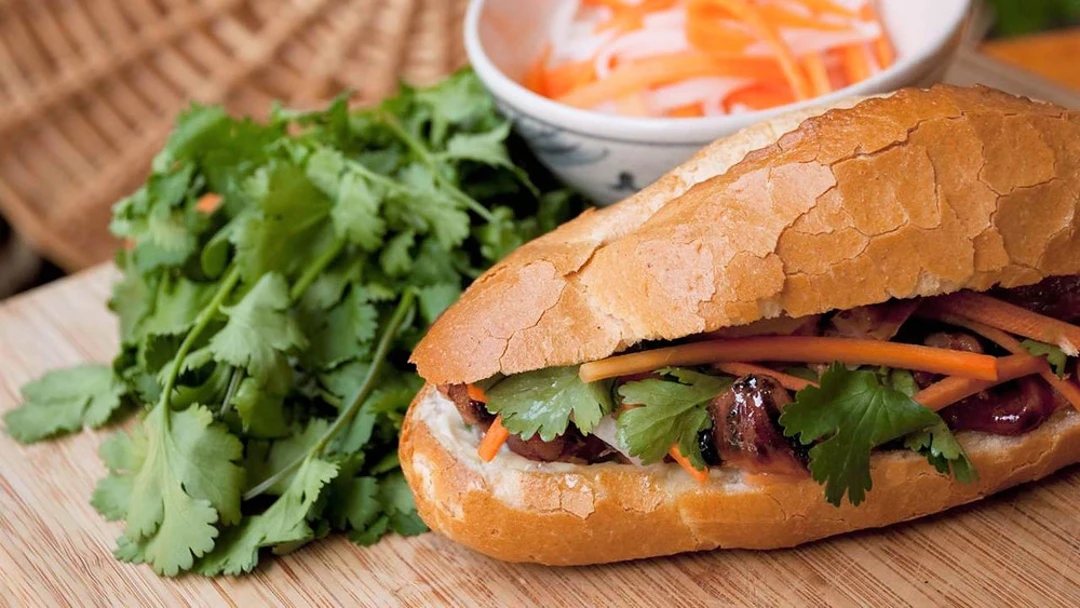
Egg Coffee
Egg Coffee is a Hanoi–style caffeine kick served up with a rich twist. It’s made with whipped egg yolk, which forms a frothy, creamy layer on top of a cup of strong, coffee shop-style Vietnamese coffee.
The end product resembles a rich and velvety dessert, guaranteed to warm you up. Enjoying this concoction is a must-have experience in Vietnam.
Conclusion
Ultimately, Hanoi is a city of contrasts and contradictions. And that’s what makes it truly unique. It’s a city where you can explore its storied past, immerse yourself in its rich history, and watch it race boldly into the future.
Thanks to its rapid progress and slow erosion of tradition — and the Western and Eastern worlds that are constantly clashing between its centuries-old walls — Hanoi is a city that must be seen to be understood.
It’s not a perfect place by any means, but it certainly gets under your skin. And you will love it, despite its faults.
